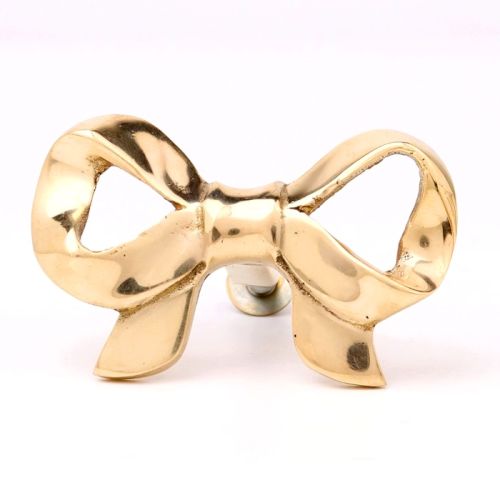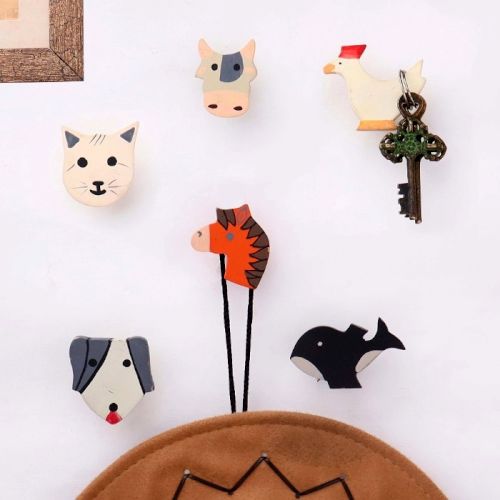Buy Vintage Cookware Online
A vintage cookware is a celebration of heritage, craftsmanship, and the sensory memories of slow, intentional cooking. Rooted deeply in Indian households, vintage kitchens carry a rustic charm marked by robust copper utensils, clay pots seasoned by generations, and the gentle clink of brass cups and lunchboxes. This aesthetic and functional space often includes Appe moulds, mortar-pestles, and grating tools that reflect both necessity and artistry.
Originating from traditional Indian cooking practices, especially in rural and royal kitchens, these items were designed for longevity, sustainability, and cultural specificity. Think of a vintage Samovar brewing chai or a bronze grater passed from grandmother to mother. These tools aren’t relics; they’re storytellers. Whether it’s the tactile texture of a clay pot or the sheen of a well-used milk container, they echo an era where meals were rituals, not routines. The vintage kitchen, in essence, isn’t bound to a single place—it’s an emotional and historical space created over time, shaped by local materials, regional cuisines, and the rhythm of life. Today, reviving these tools in modern kitchens connects us back to authenticity, sustainability, and a soulful way of living and cooking that refuses to fade.
How Is a Vintage Kitchen Different from Modern or Contemporary Kitchens?
Comparing vintage and modern kitchens is like comparing a handwritten letter to a voice note. Both serve a purpose, but the feeling they evoke is entirely different. The vintage kitchen tells a story through texture, color, and detail. The modern kitchen tells a story through efficiency, clarity, and innovation.
Vintage kitchens tend to favor individuality over uniformity. Every drawer pull, every tile, every shelf feels like it belongs to a person rather than a blueprint. The materials used, wood, iron, ceramic, are often tactile and warm. On the other hand, modern and contemporary kitchens aim for sleek minimalism. Clean lines, seamless cabinetry, neutral palettes, and integrated appliances dominate the space. They’re built for speed, space, and simplicity.
What Are the Different Styles of Vintage Indian Kitchen Utensils?
Vintage Indian cookware reflect a rich tapestry of craftsmanship, culture, and everyday rituals. Each piece tells a story—not just of cooking, but of tradition, community, and timeless utility. Copper utensils, with their reddish glow, were prized for their antimicrobial properties. Clay cookware brought earthy flavors to slow-cooked meals, grounding them in rural roots. Bronze mortar and pestles added weight and ritual to spice grinding, essential to Indian cuisine. Appe moulds offered crisp, round delights from South India, while vintage graters bore the marks of hands that prepped fresh coconut and vegetables.
Vintage cooking pots—often iron or brass—were built to endure, used over open flames. Samovars whispered stories of shared chai and long conversations. Nutcrackers, lunch boxes, brass cups, and spoons reveal the fine blend of function and form. Metal plates, trays, and jugs carried meals with warmth and weight, often passed down generations.
Each piece—be it a milk container, water pot, or hand-washing vessel—held its own purpose but collectively formed a legacy of mindful cooking and shared meals. In these worn metals and hand-crafted clays, we find more than utensils; we find memory, care, and the soulful simplicity of the Indian kitchen.
What Materials are Commonly Used in Vintage Kitchens Decor Items?
Vintage Indian kitchen decor is deeply rooted in the use of natural, time-tested materials that offer both durability and charm. Wood was widely used for shelving, storage boxes, and countertop surfaces—often aged to reveal rich textures and a distressed look. Copper and bronze were favored for their antimicrobial properties and aesthetic warmth, commonly used in utensils and containers that doubled as décor. Clay brought a rustic, earthy appeal, ideal for slow cooking and traditional recipes, while porcelain and enamel added a touch of color and refinement.
Enamel, particularly in cookware, stood out for its smooth finish and resistance to corrosion. These items often came in pastel tones or bold hues, adding a retro pop to the kitchen space. Stone, used for grinding surfaces or countertops, contributed to the grounded, raw essence of traditional Indian kitchens.
Many of these materials showcased distressed or aged finishes—whether through natural patina or intentional wear—enhancing their vintage character. Upcycled wood panels, salvaged metal parts, and hand-painted tiles were reused with creativity and purpose, reflecting a culture that valued both resourcefulness and artistry.
What Motifs are Common in Vintage Kitchen Decor Items?
Vintage kitchen décor carries with it not just design, but memory. It speaks in symbols—motifs that echo an era of warmth, simplicity, and handmade charm. Across enamel signs, ceramic jars, coasters, hooks, or spice boxes, certain recurring patterns become visual whispers of nostalgia.
Floral Embellishments
Floral designs—especially roses, daisies, or tiny wildflowers—are perhaps the most enduring motif. Often hand-painted or softly imprinted, they reflect the kitchen as a nurturing space, echoing the presence of gardens and homegrown ingredients.
Farmhouse and Country Imagery
Roosters, hens, cows, milk jugs, and pastoral landscapes appear frequently. They reflect a rustic sentiment—a time when kitchens were connected to farms, and food came directly from the soil.
Geometric Borders and Grids
Checkered patterns, gingham prints, or geometric borders were often seen in fabrics, tiles, or serving trays. These motifs create a sense of order and rhythm, grounding the chaos of daily cooking into something visual and dependable.
Fruits and Vegetables
From hand-painted cherries on jars to corn stalks etched on old ceramic bowls, these motifs celebrate seasonal abundance and the kitchen’s central role in feeding and preserving.
Typography and Labels
Vintage kitchens loved words—labels on tins, jars, and wall plaques, written in cursive or block serif fonts. These motifs offered both form and function, often carrying phrases like “Flour,” “Sugar,” or even poetic homilies like “Bless this kitchen.”
Nautical and Colonial Symbols
In certain vintage styles—especially Anglo or coastal kitchens—anchors, ships, or colonial-inspired blue-white porcelain patterns appear, bringing a travelogue of the past into everyday design.
Art Deco and Mid-century Lines
For kitchens leaning into the 1920s–1950s aesthetic, linear and symmetrical motifs, sunbursts, or atomic starbursts on dishware reflect modernist optimism tucked inside domestic life.
Cultural Handcraft Patterns
In Indian vintage pieces—like wooden printing blocks, brass utensils, or spice boxes—motifs often borrow from folk art: lotuses, peacocks, mandalas, and tribal etchings that turn utility into storytelling.
Where Can I Buy Authentic Vintage Kitchenware Online?
If you're on the hunt to buy vintage kitchenware that holds both utility and nostalgia, IndianShelf is a trusted platform to begin with. Their collection blends charm, craftsmanship, and history—curated with an eye for detail that makes every piece feel personal. From enamelware and brass ladles to wooden spice boxes and retro storage jars, the platform is a treasure chest for those drawn to authentic retro finds.
For Indian kitchen's soul if you seek—stories etched in copper, ceramic, and wood—IndianShelf delivers it with simplicity and grace.
Whether you're building a themed kitchen or adding a single, timeless element to your space, the key is to choose platforms that honour the aesthetics, history, and craftsmanship behind every retro kitchen online find.
How to Style a Modern Kitchen with Vintage Decor Items?
Styling a modern kitchen with vintage decor isn’t just about mixing old with new — it’s about storytelling. It’s about creating a space that holds memory and meaning while still functioning with the ease of the present.
Start with one or two hero pieces — perhaps an old wooden spice box, a brass ladle, or a traditional ceramic jar. These items shouldn’t just sit there for display. Let them live and breathe in the space — hold spices, store utensils, or simply sit pretty near the window where the light hits them just right.
Contrast is key. A sleek white or grey countertop becomes a canvas for the warm grains of old wood, the worn edges of a metal door knocker repurposed as a towel hook, or the muted glow of a copper kettle placed deliberately on an open shelf.
Use hooks and hangers made of cast iron or brass — not just for utility, but for their character. These little additions break the monotony and invite the eye to linger.
Think light, color, and nostalgia. A Venetian mirror or a pendant lamp with a patina finish can elevate the mood without feeling out of place. Even a stack of hand-painted coasters or a framed print of an old Indian kitchen scene can add texture and warmth.
And finally, keep it personal. That’s the soul of vintage. Let your kitchen feel lived-in. Let it whisper stories — of chai mornings, of recipes passed down, of hands that once held these objects before you.
The beauty lies in balance: the sleekness of today, softened by the echoes of yesterday.
How are Vintage Indian Decor Items Preserved and Celebrated Today?
Vintage Indian decor items are preserved and celebrated today through a delicate blend of reverence, revival, and reinterpretation. Rooted in craftsmanship and cultural identity, these pieces—ranging from brass door knockers and carved wooden blocks to Venetian mirrors and copper utensils—are often handed down generations, carrying stories of time, space, and sentiment. In homes, they’re not just aesthetic elements but living memories—restored, polished, and recontextualized within modern interiors.
Artisans and collectors play a crucial role in their preservation, reviving forgotten techniques and motifs. Brands like IndianShelf work closely with craftspeople, ensuring that traditional designs find space in contemporary decor. Social media and storytelling have amplified their reach, making them symbols of authenticity and slow living.
Celebration also lies in the way these items are repurposed. An old spice box becomes a jewellery holder. A temple bell turns into a statement piece. This repurposing doesn't dilute their value—it deepens it.
Today, vintage isn’t just about nostalgia. It’s an aesthetic of resistance—against the disposable, the fast, the shallow. Through mindful curation and intentional living, vintage Indian decor thrives not as a trend, but as a quiet homage to India’s layered, living heritage.
How is Vintage Indian kitchen Decor Culture Linked to Sustainability?
Vintage Indian kitchen décor is deeply intertwined with sustainability, not just in practice but in philosophy. Rooted in a culture of minimalism and mindful living, traditional Indian kitchens were built around durability, utility, and reuse. Brass utensils, copper water vessels, earthen pots, and wooden spice boxes were not only aesthetically timeless but also eco-friendly, built to last generations. The use of locally sourced, natural materials meant low carbon footprints and a stronger connection to the earth.
This decor wasn’t merely about style—it reflected a lifestyle. Cloth instead of plastic, hand-carved tools instead of factory-made, and multifunctional items like masala dabbas all echo a no-waste mindset. Even architectural choices like jaali windows for ventilation and cool clay tiles for flooring show how old Indian kitchens intuitively aligned with environmental needs.
Today, reviving vintage Indian kitchen aesthetics is more than nostalgia—it’s a return to conscious living. Reclaimed wood shelves, terracotta serveware, and repurposed brass ladles aren’t just decorative but reminders of a culture where beauty and responsibility coexisted. This link between heritage and sustainability tells us that the past holds essential answers to the climate challenges of our present. Vintage Indian kitchens didn’t just cook food—they nurtured a way of life.
What are the Best Vintage Indian Kitchen Gift Ideas?
Gifting vintage Indian kitchenware is like offering a slice of heritage—an ode to simpler times. Vintage cookware, with its timeworn patina, brings stories alive. From clay cookware that adds an earthy aroma to food, to copper utensils that echo age-old wellness, every piece carries warmth and wisdom.
Bronze mortar and pestles, vintage graters, and appe moulds serve function with charm. They remind us of hands-on cooking, slow roasts, and hand-ground masalas. Vintage utensils, spoons, and kitchen tools speak of craftsmanship lost in the rush of convenience.
Think vintage cooking pots, metal plates and trays, or a milk container—each a visual tale of old Indian kitchens. Vintage lunch boxes and nut crackers are delightful nostalgia pieces, great for both use and display.
A vintage tea pot, water pot, or samovar can turn tea-time into a ritual. Add brass cups, a jug, or even a bowl—small elements that whisper tradition. For a quirky, thoughtful touch, include vintage pots for washing hands, echoing pre-meal rituals.
In a world of modern minimalism, these timeless pieces root us. They’re more than gifts—they’re keepsakes of culture, memory, and identity.

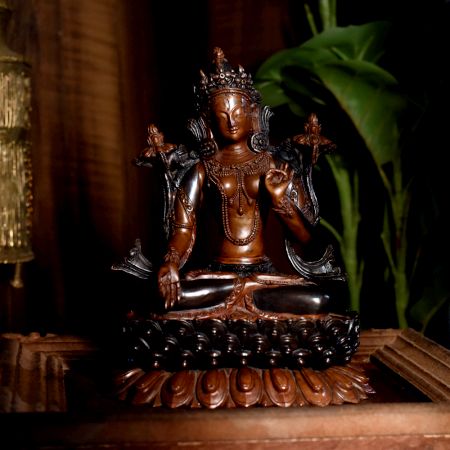
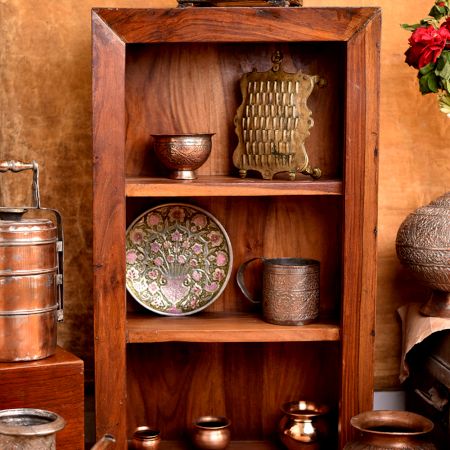
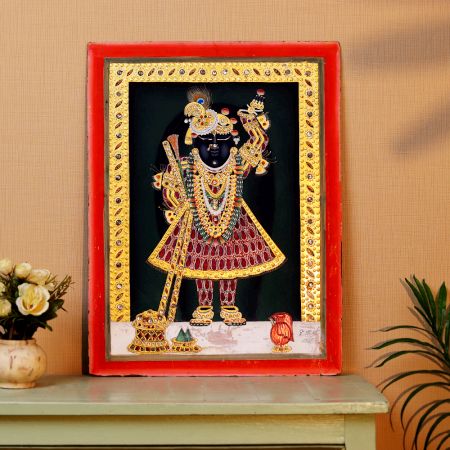

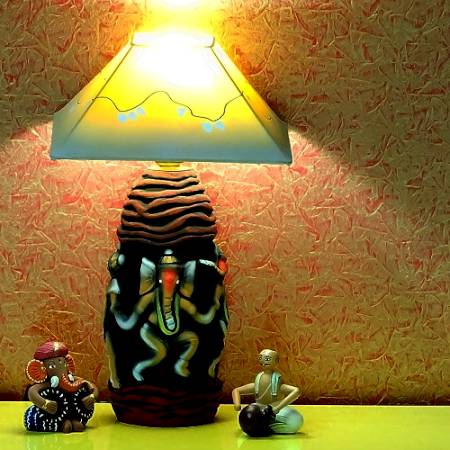


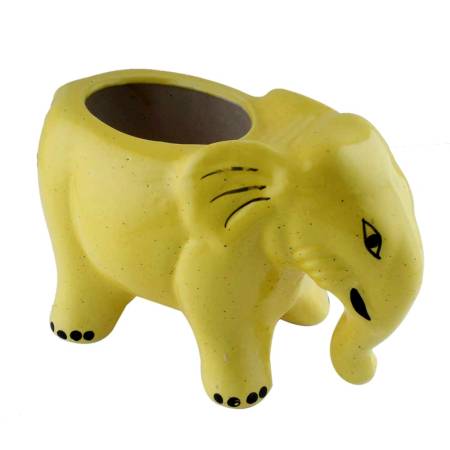
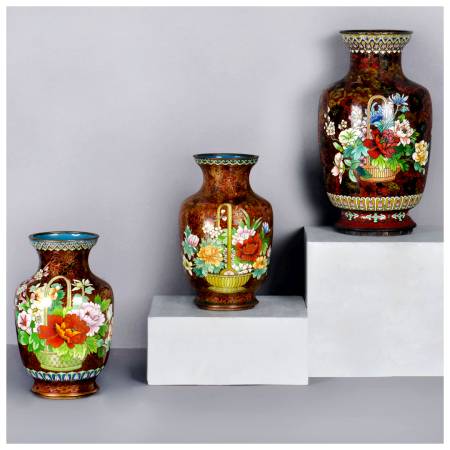
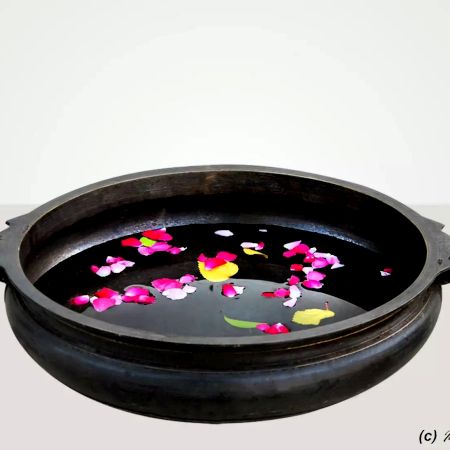
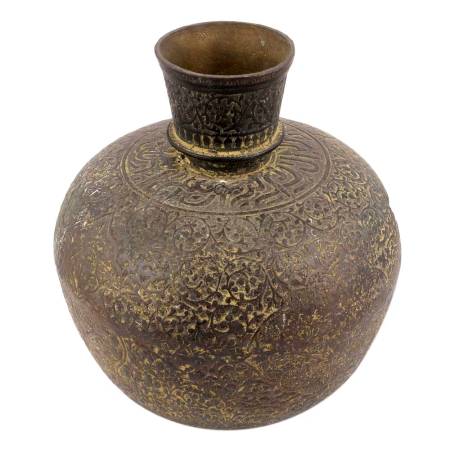
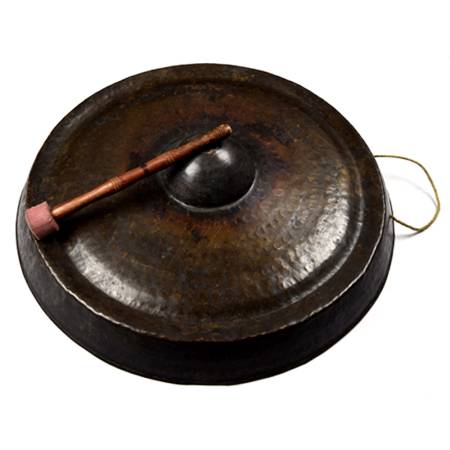

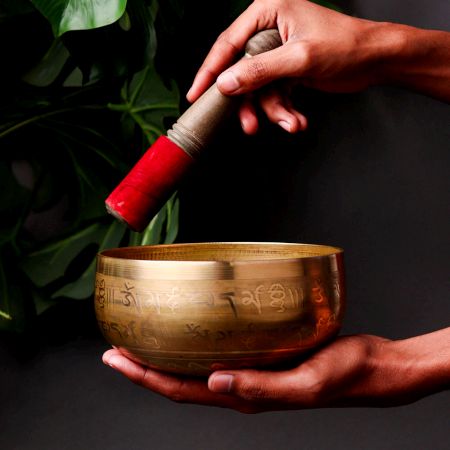
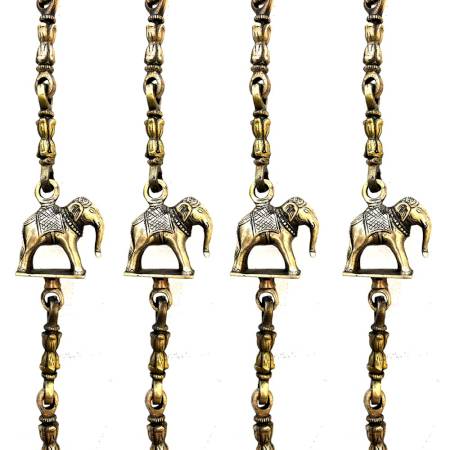
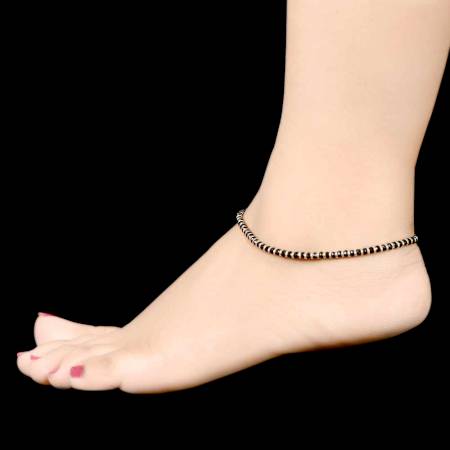
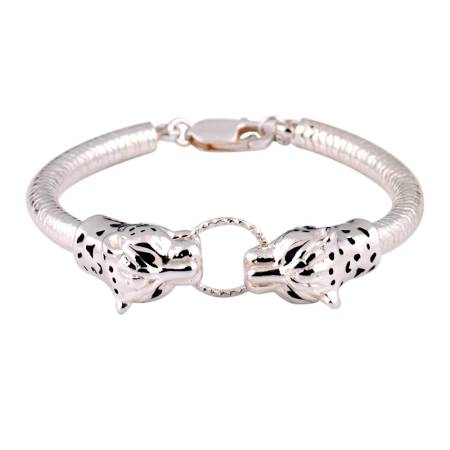
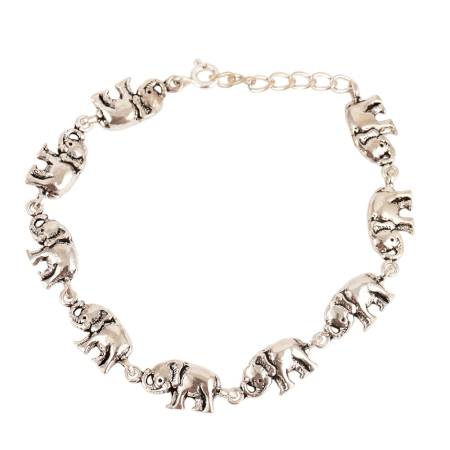
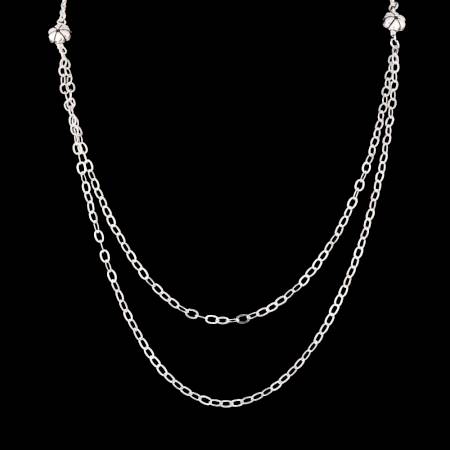
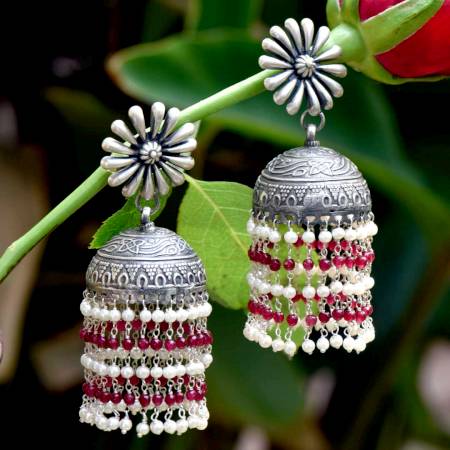
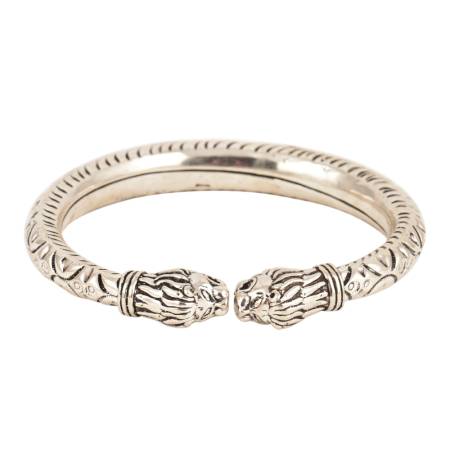
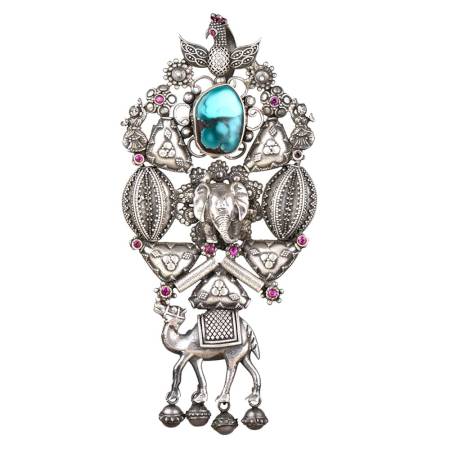

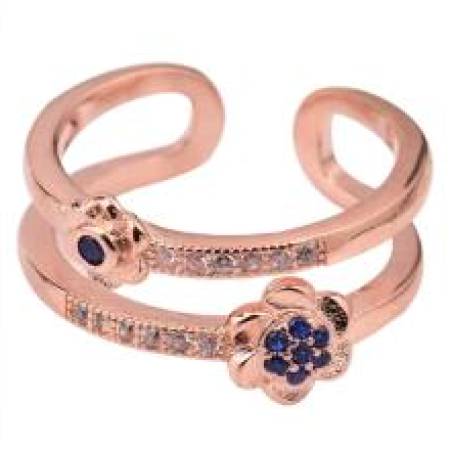
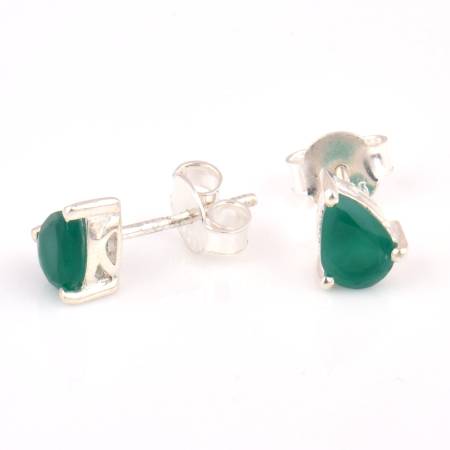













.JPG?ver=1.7)
.JPG?ver=1.7)








.JPG?ver=1.7)
.JPG?ver=1.7)




.JPG?ver=1.7)
.JPG?ver=1.7)
.JPG?ver=1.7)
.JPG?ver=1.7)
.JPG?ver=1.7)
.JPG?ver=1.7)
.JPG?ver=1.7)
.JPG?ver=1.7)
.JPG?ver=1.7)
.JPG?ver=1.7)
.JPG?ver=1.7)
.JPG?ver=1.7)
.JPG?ver=1.7)
.JPG?ver=1.7)
.JPG?ver=1.7)
.JPG?ver=1.7)
.JPG?ver=1.7)
.JPG?ver=1.7)
.JPG?ver=1.7)
.JPG?ver=1.7)
.jpg?ver=1.7)
.jpg?ver=1.7)
.JPG?ver=1.7)
.JPG?ver=1.7)
.JPG?ver=1.7)
.JPG?ver=1.7)
.JPG?ver=1.7)
.JPG?ver=1.7)
.JPG?ver=1.7)
.JPG?ver=1.7)
.JPG?ver=1.7)
.JPG?ver=1.7)
.JPG?ver=1.7)
.JPG?ver=1.7)
.JPG?ver=1.7)
.JPG?ver=1.7)
.JPG?ver=1.7)
.JPG?ver=1.7)
.JPG?ver=1.7)
.JPG?ver=1.7)
.JPG?ver=1.7)
.JPG?ver=1.7)
.JPG?ver=1.7)
.JPG?ver=1.7)
.JPG?ver=1.7)
.JPG?ver=1.7)
.JPG?ver=1.7)
.JPG?ver=1.7)
.jpg?ver=1.7)
.jpg?ver=1.7)
.JPG?ver=1.7)
.JPG?ver=1.7)
.JPG?ver=1.7)
.JPG?ver=1.7)


.jpg?ver=1.7)
.jpg?ver=1.7)
.JPG?ver=1.7)
.JPG?ver=1.7)
.JPG?ver=1.7)
.JPG?ver=1.7)


.JPG?ver=1.7)
.JPG?ver=1.7)
.jpg?ver=1.7)
.jpg?ver=1.7)
.JPG?ver=1.7)
.JPG?ver=1.7)
.jpg?ver=1.7)
.jpg?ver=1.7)
.JPG?ver=1.7)
.JPG?ver=1.7)
.jpg?ver=1.7)
.jpg?ver=1.7)
.jpg?ver=1.7)
.jpg?ver=1.7)
.jpg?ver=1.7)
.jpg?ver=1.7)
.jpg?ver=1.7)
.jpg?ver=1.7)
.jpg?ver=1.7)
.jpg?ver=1.7)
.jpg?ver=1.7)
.jpg?ver=1.7)
.jpg?ver=1.7)
.jpg?ver=1.7)
.jpg?ver=1.7)
.jpg?ver=1.7)
.JPG?ver=1.7)
.JPG?ver=1.7)
.JPG?ver=1.7)
.JPG?ver=1.7)
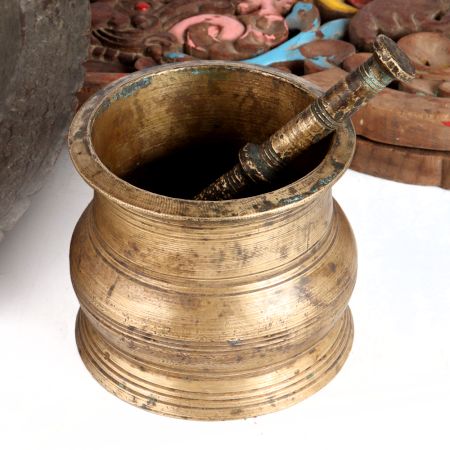

.JPG?ver=1.7)
.JPG?ver=1.7)
.JPG?ver=1.7)
.JPG?ver=1.7)
.JPG?ver=1.7)
.JPG?ver=1.7)
.JPG?ver=1.7)
.JPG?ver=1.7)
.JPG?ver=1.7)
.JPG?ver=1.7)
.JPG?ver=1.7)
.JPG?ver=1.7)
.jpg?ver=1.7)
.jpg?ver=1.7)
.JPG?ver=1.7)
.JPG?ver=1.7)
.JPG?ver=1.7)
.JPG?ver=1.7)
.JPG?ver=1.7)
.JPG?ver=1.7)
.JPG?ver=1.7)
.JPG?ver=1.7)
.JPG?ver=1.7)
.JPG?ver=1.7)
.JPG?ver=1.7)
.JPG?ver=1.7)
.JPG?ver=1.7)
.JPG?ver=1.7)
.JPG?ver=1.7)
.JPG?ver=1.7)
.JPG?ver=1.7)
.JPG?ver=1.7)
.JPG?ver=1.7)
.JPG?ver=1.7)
.JPG?ver=1.7)
.JPG?ver=1.7)
.JPG?ver=1.7)
.JPG?ver=1.7)
.jpg?ver=1.7)
.jpg?ver=1.7)
